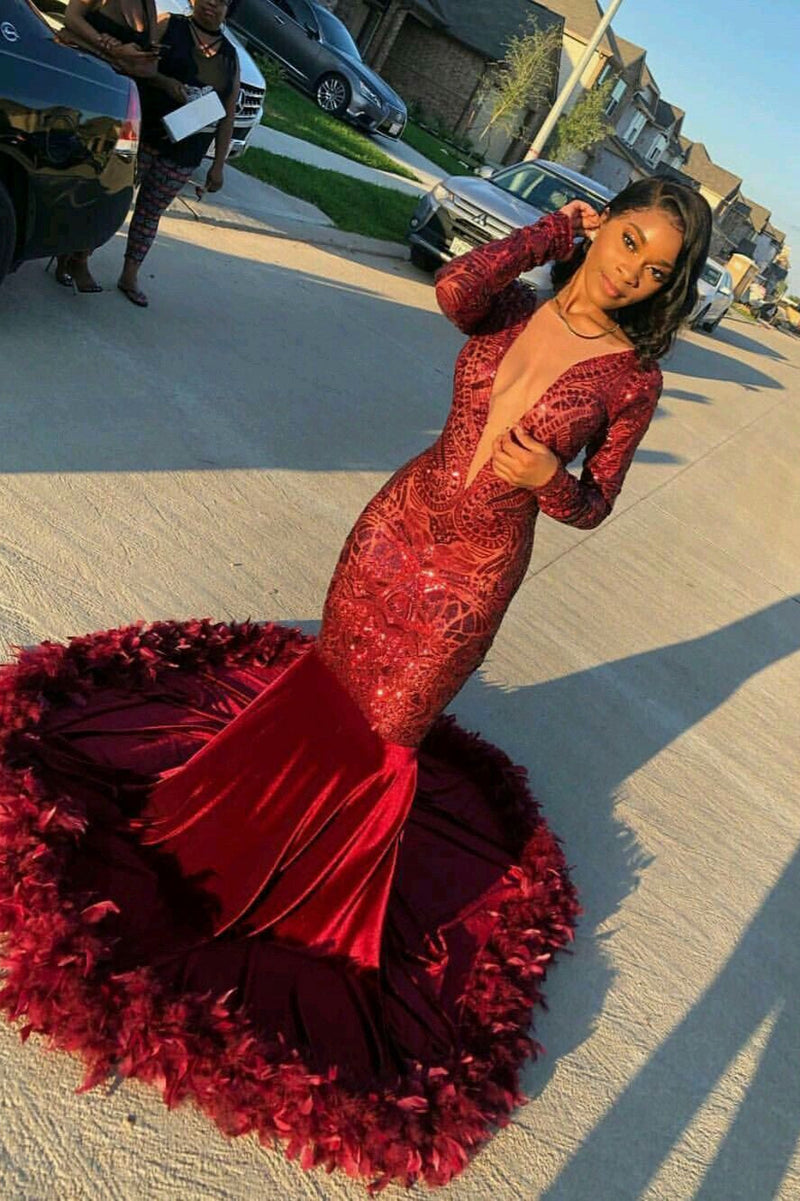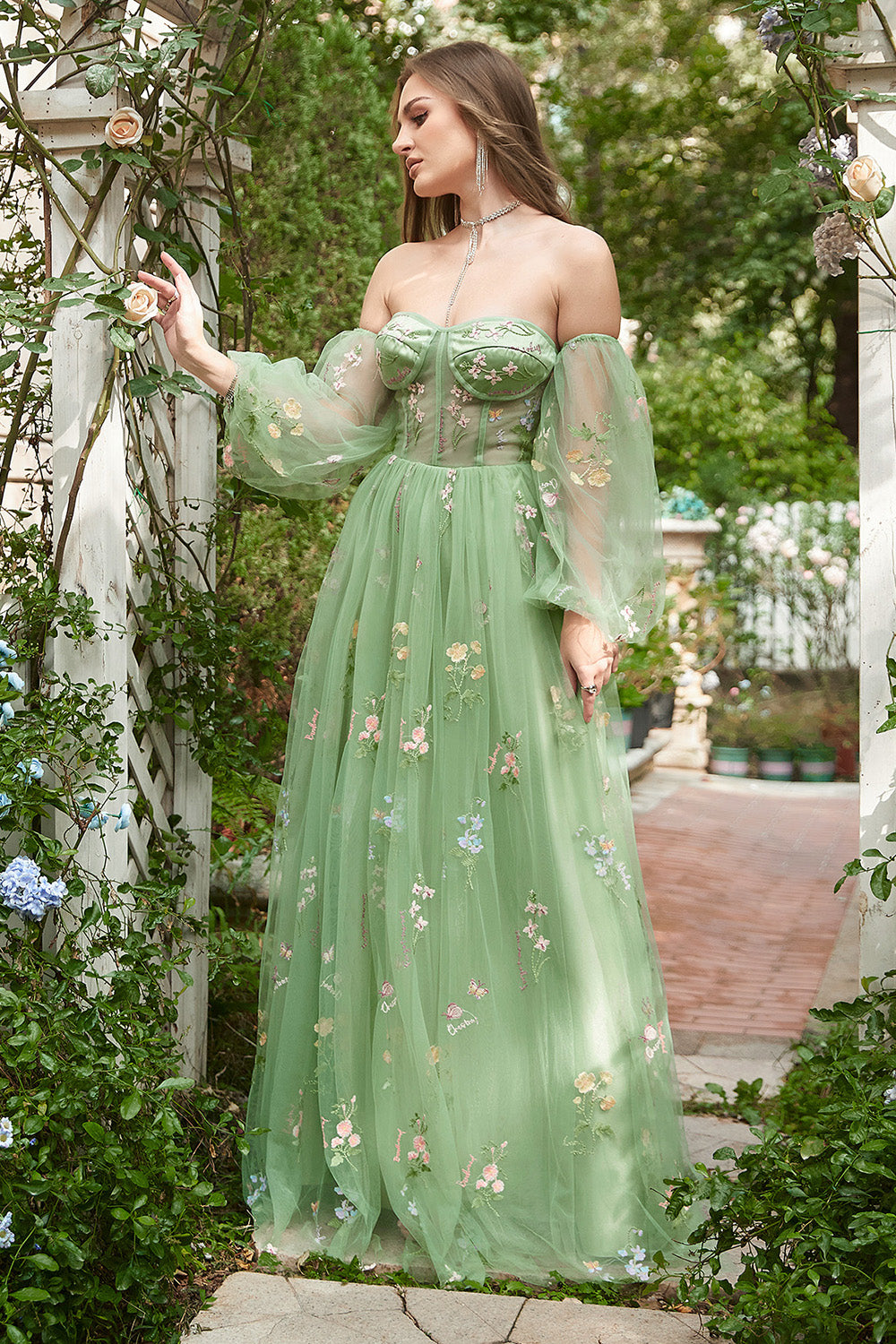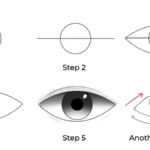The cost of a prom dress can vary widely depending on several factors such as the designer, material, store, and location. On average, prom dresses can range from as low as $100 to well over $1,000. Here’s a breakdown of what influences the cost of a prom dress:
1. Price Range

- Budget-Friendly Dresses ($100 – $300): These are often found in mainstream department stores, chain retailers, and online shops. You can still find stylish and well-made dresses in this range, often made of synthetic fabrics like polyester or nylon.
- Mid-Range Dresses ($300 – $600): Dresses in this category typically feature higher quality fabrics such as chiffon, satin, or lace. You may also find dresses from well-known brands that offer stylish designs with additional details like beading or sequins.
- High-End Dresses ($600 and above): If you’re opting for designer labels, high-quality fabrics, intricate beadwork, or custom-made designs, the cost can go up significantly. These dresses are often more unique, crafted with care, and sometimes tailored to fit the buyer’s specific measurements.
2. Designer vs. Non-Designer Dresses

- Designer Dresses: Prom dresses from high-end designers can easily exceed $1,000. For example, designers like Sherri Hill, Jovani, or Mac Duggal are known for their glamorous, couture-like dresses, which are popular on the prom scene. The name, craftsmanship, and exclusivity of the brand contribute significantly to the price tag.
- Non-Designer Dresses: Many well-made, stylish dresses are available from department stores or online shops. These dresses may not carry a famous designer’s name, but they can still be incredibly fashionable, comfortable, and durable. They can range from $100 to $400, depending on the materials used.
3. Customization

- A custom-made dress is another factor to consider. When a dress is designed specifically for an individual, either through a designer or a skilled seamstress, the cost will increase. Custom dresses often use premium fabrics, and the time and labor involved in creating something unique can make them significantly more expensive than off-the-rack dresses.
- Customization may include custom measurements, design alterations, fabric selection, and embellishments, which can all increase the price.
4. Material and Embellishments

- Fabrics: The material used for the dress plays a major role in the cost. Materials like silk, satin, taffeta, and chiffon are more expensive than synthetic options. Dresses made from luxurious fabrics or those with intricate detailing will naturally cost more.
- Beading, Sequins, and Embellishments: Dresses adorned with hand-sewn beads, crystals, or intricate embroidery will generally be more expensive than simple styles. These embellishments require additional time and skill to apply, which adds to the final price of the dress.
5. Where You Buy It

- Retail Stores: Department stores and retail chains may offer a wide selection of dresses in varying price ranges. Some well-known stores include Macy’s, Nordstrom, and Bloomingdale’s.
- Boutiques: Local boutiques may carry dresses that are exclusive to their shop or carry smaller collections of higher-end dresses. Prices can be slightly higher than at larger retail stores due to the exclusive nature of these dresses.
- Online Stores: Websites like Amazon, Lulus, or ASOS offer affordable options with a wide range of prices. Shopping online can sometimes offer better deals, but you’ll need to account for shipping times and potential returns if the dress doesn’t fit as expected.
- Secondhand or Rental: For a more affordable option, some people choose to rent or purchase a pre-loved prom dress. Renting a dress can cost between $100 and $400, which is a great option for those who want to wear a designer dress without the hefty price tag.
6. Alterations and Accessories

- In addition to the cost of the dress itself, don’t forget to factor in the price of alterations, which can range from $50 to $200 depending on how much work needs to be done. Whether it’s hemming the dress or taking it in at the waist, alterations are often necessary for achieving the perfect fit.
- Accessories: Shoes, jewelry, handbags, and even shawls or jackets can add to the total cost. Depending on your choice, accessories can easily add $50 to $200 to the overall price.
7. Season and Timing

- If you’re shopping at the height of prom season, which typically occurs in the spring, you may encounter higher prices due to demand. Shopping earlier in the season, or even off-season, might give you the opportunity to score a good deal on a dress that’s been discounted.
- Discounts and sales can also bring the price of dresses down, especially as stores start clearing out inventory post-prom season.
8. Prom Trends

- The current trends in prom dresses can also influence their price. Dresses that feature popular trends, such as off-the-shoulder styles, high-low hems, or metallic finishes, might be priced higher than traditional designs due to demand.
9. Total Costs

- When factoring in all the expenses for prom, the total cost could end up being much higher than just the dress alone. Prom is often a time for high school students to splurge on their look, so it’s common for individuals to spend anywhere between $500 to $1,500 or more when you account for the dress, accessories, shoes, hair, makeup, and other expenses.
Conclusion
The cost of a prom dress depends on your personal preferences, the designer, and the materials used. You can find beautiful dresses for under $300, or you can opt for a high-end designer piece that costs over $1,000. Consider your budget, the style you’re going for, and any customization you might want when making your decision. Whatever your budget may be, there are options available that will make you feel like royalty on your big night.

Alexander Smith is an accomplished blogger with years of experience in crafting engaging and insightful content. Known for his expertise and passion for storytelling, Alexander brings a unique perspective to Fascinate Names, captivating readers with his thoughtful analysis and fresh ideas. His extensive background in digital media and writing makes him a valuable voice in the blogging community.







